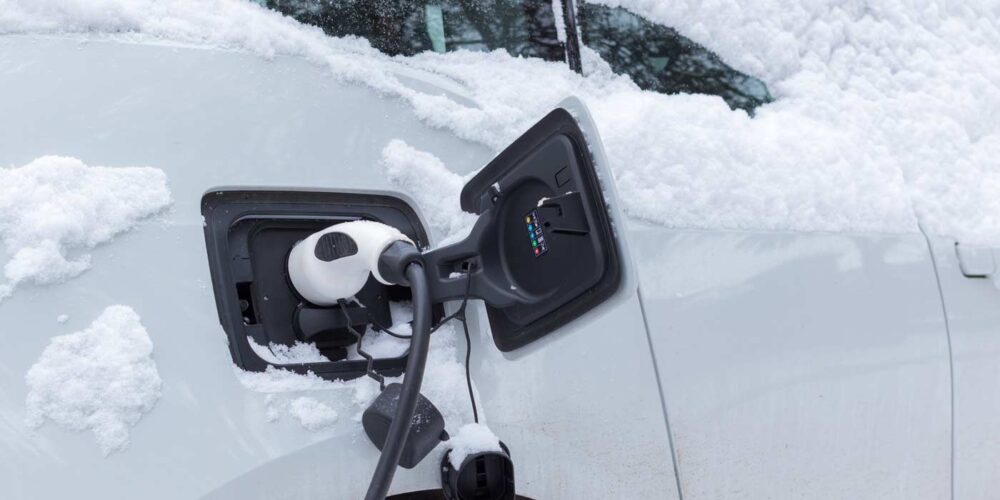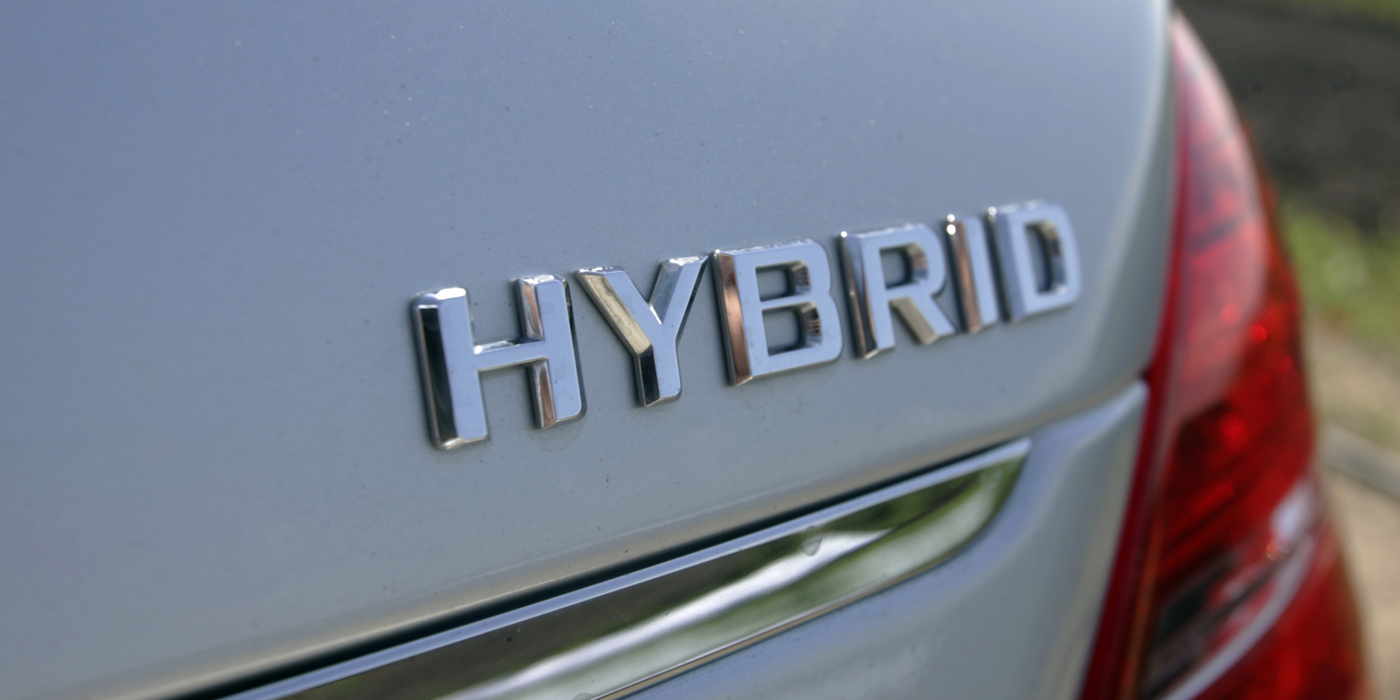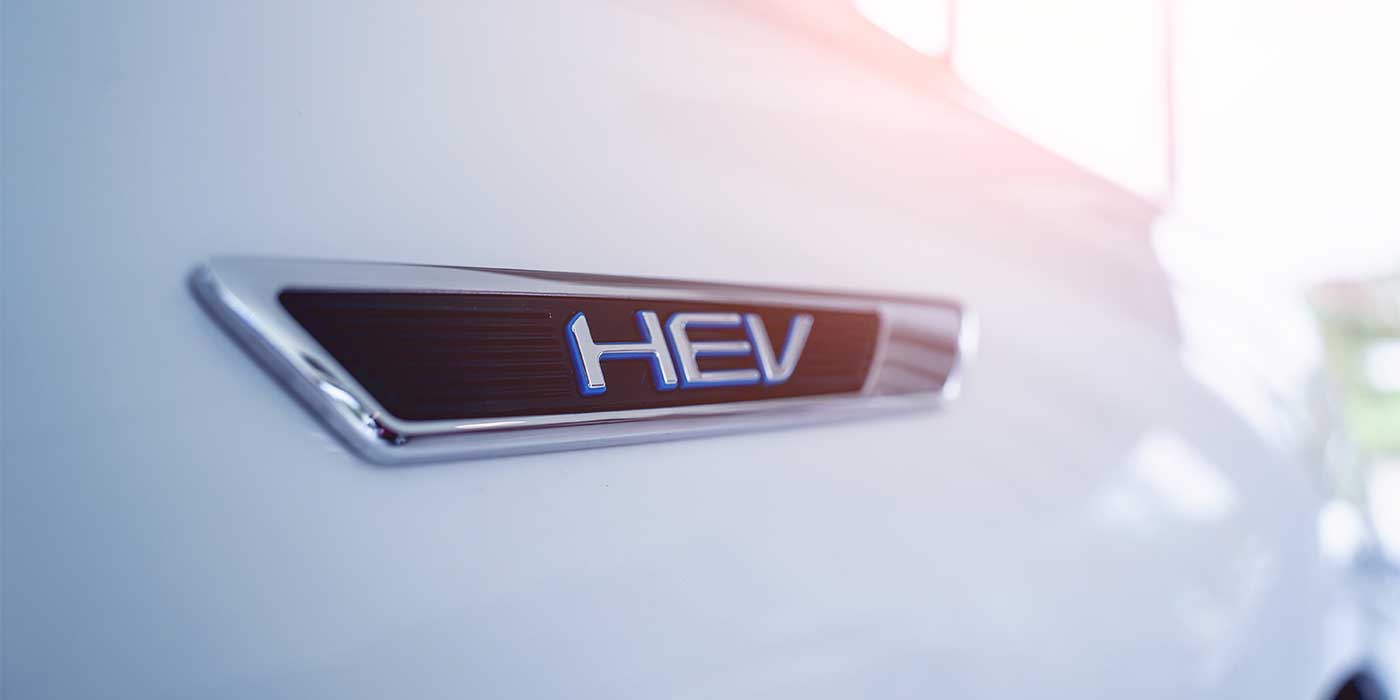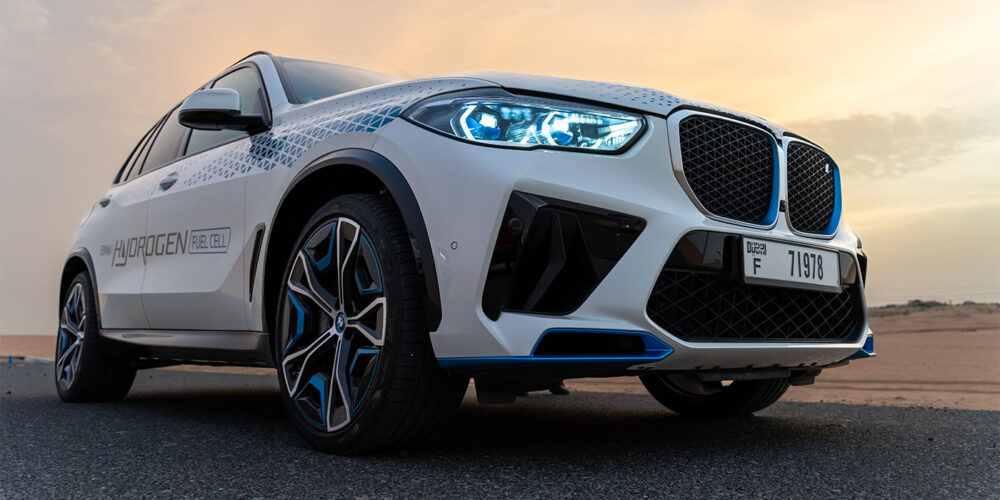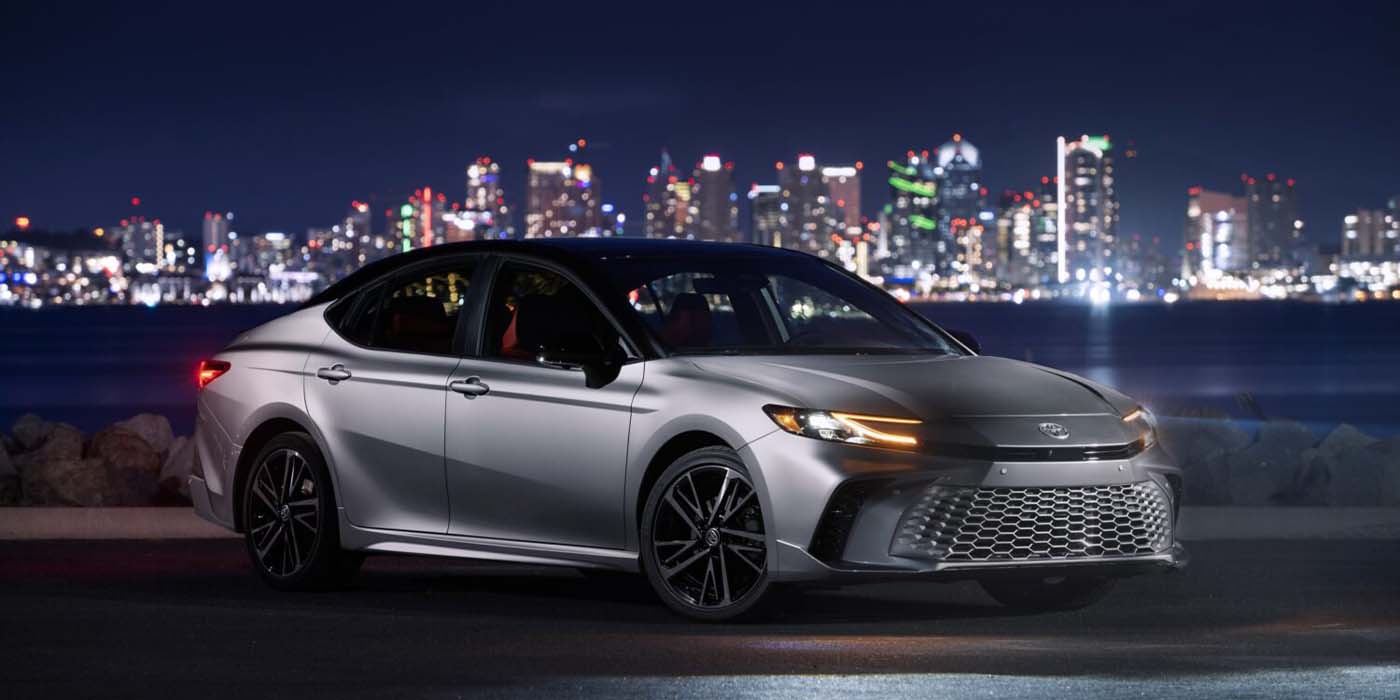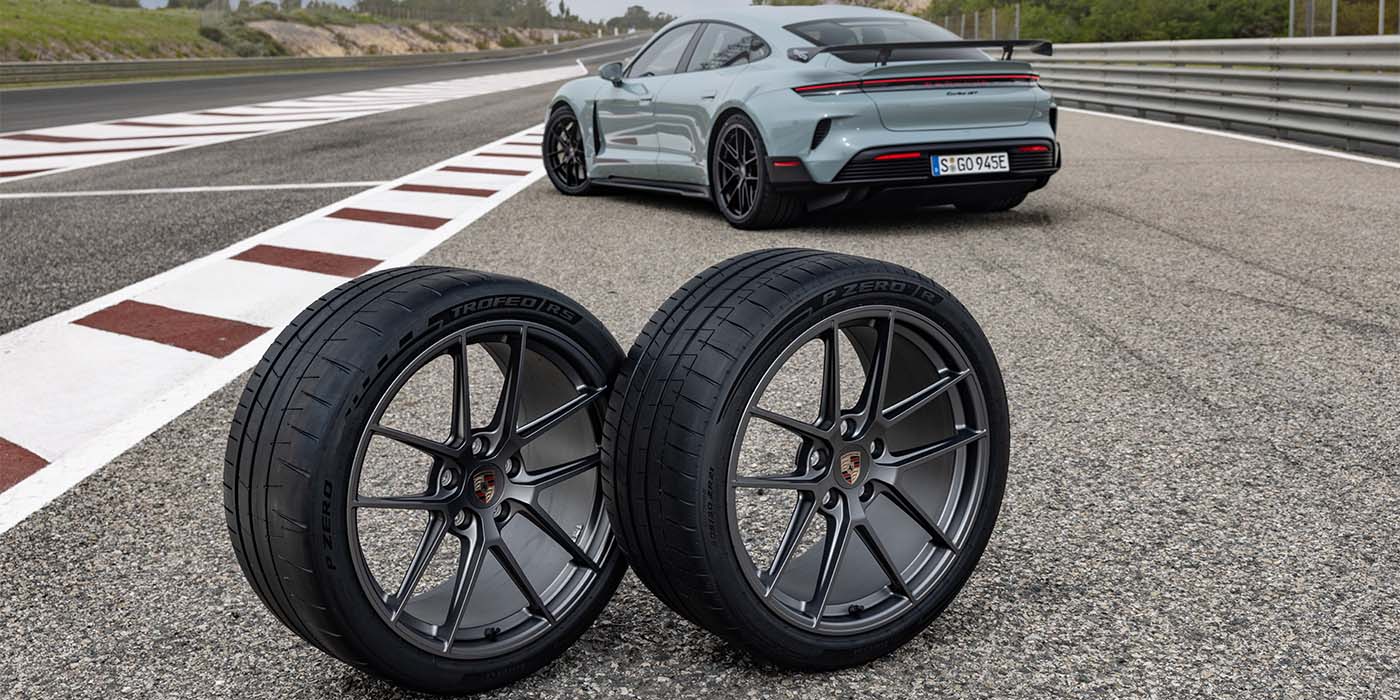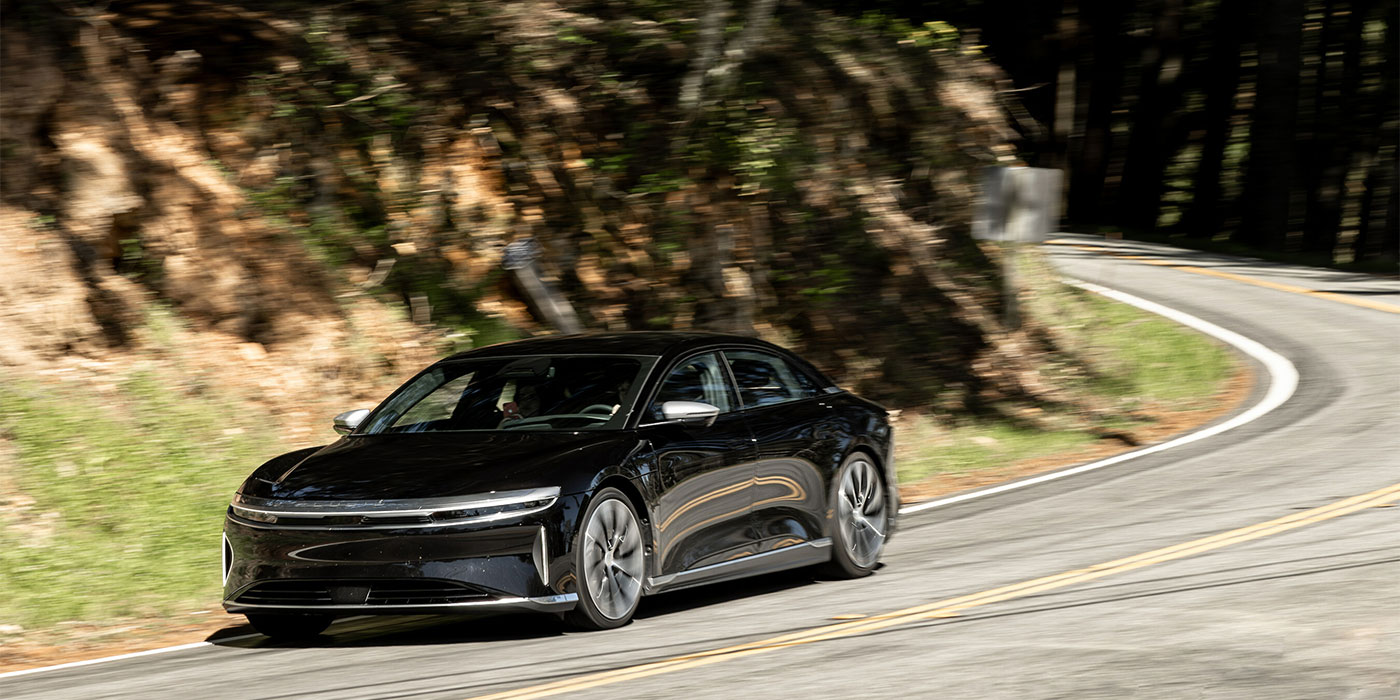Any seismic shift in technology comes with consumer hesitancy and media skepticism. Remember when everyone was afraid to stand in front of microwave ovens? Or when fears spread that cell phones could spontaneously explode?
Fear of any new technology is a natural psychological response. But it takes the media machine to turn consumer hesitation into a frenzy. Any way you slice it, 2023 was one big platform for expressing fears around EVs. Read past the headlines, and many articles demonstrated a lack of context or understanding of the technology.
In a highly partisan landscape where EVs have been dubbed by some as liberal leftist technology, yet another advancement for civilization took a beating in the press. “Bad EV news,” such as it can be spun, can easily spiral into an echo chamber of confirmation bias. Take Tesla’s recent software update. Hyped as a 2 million vehicle “recall,” the software was updated over the air without a single car needing to leave the driveway. Hertz’s recent decision to reduce its Tesla fleet was seen by many as a referendum on the cars’ quality; it was really a decision based on Hertz’s miscalculations around repair costs, and a mismatch in their projections of consumer demand for EV rentals.
When discussing gas vehicles in cold climates, the conversation often centers around “fuel efficiency.” It sounds less threatening, doesn’t it? But, in reality, this is just a euphemism for “range loss,” for which EVs are frequently ― and unjustly ― criticized in the colder months. When a gas vehicle loses range, it costs a lot more than the same range loss in an EV.
For example, at $3.50 a gallon, a car that gets 30 mpg in warm weather and costs $46.67 to go 400 miles suddenly costs $8.24 more to drive the same distance. By contrast, an EV plugging in at $0.13 per kWh usually costs $13 to go 400 miles and bumps up to a piddly $16.25 even if it loses 20% efficiency when the temperature drops.
Some EV models lose 40% in extreme cold. Tack on another $3, and that still leaves almost $30 in the driver’s pocket. Over the course of a year, those savings pile up. According to the Department of Energy, the average internal combustion engine’s fuel economy is 15% lower at 20° Fahrenheit than it would be at 77° Fahrenheit, and can drop as much as 24% for short drives.
Any discussion of the pros and cons of electric vehicles runs the risk of false equivalency. Dismissing the pros altogether because of winter range loss ― just as much a con for drivers of gasoline-powered vehicles ― is short-sighted. The benefits of electric vehicles are well-documented and should not be dampened by cooler weather.
Kate L. Harrison is the co-founder and head of marketing at MoveEV, an AI-powered EV transition platform that helps organizations convert fleet and employee-owned gas vehicles to electric and reimburse for charging at home. With more than a decade of experience as a serial entrepreneur and seasoned marketer, Kate has worked with small businesses, nonprofits, and government organizations to make the world a better place. She is a best-selling author, thought leader, and frequent speaker at conferences and events, sharing her insights and experiences with others who are working to create a more sustainable future.

